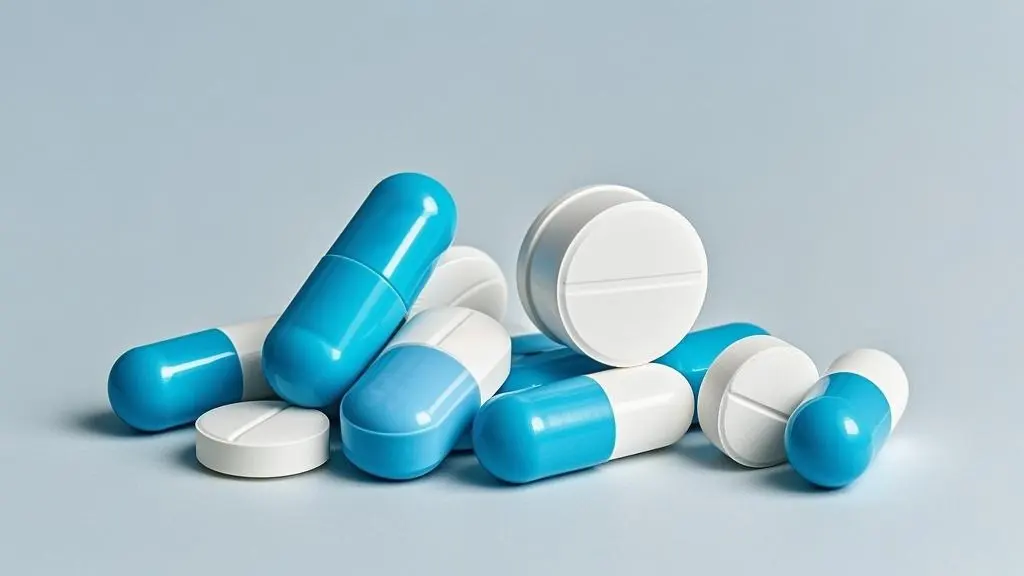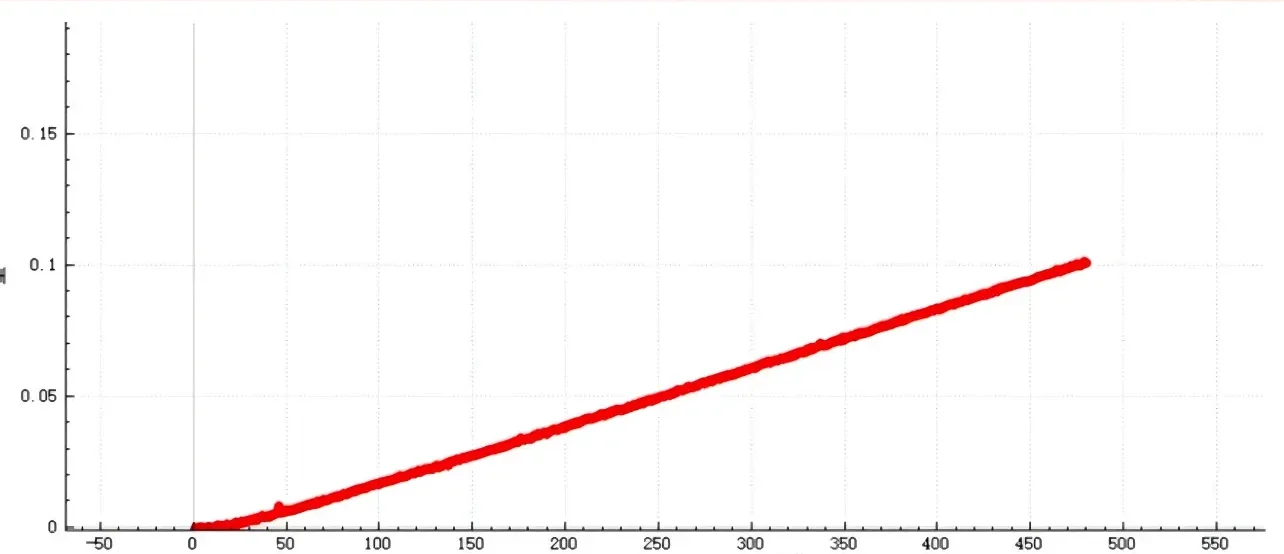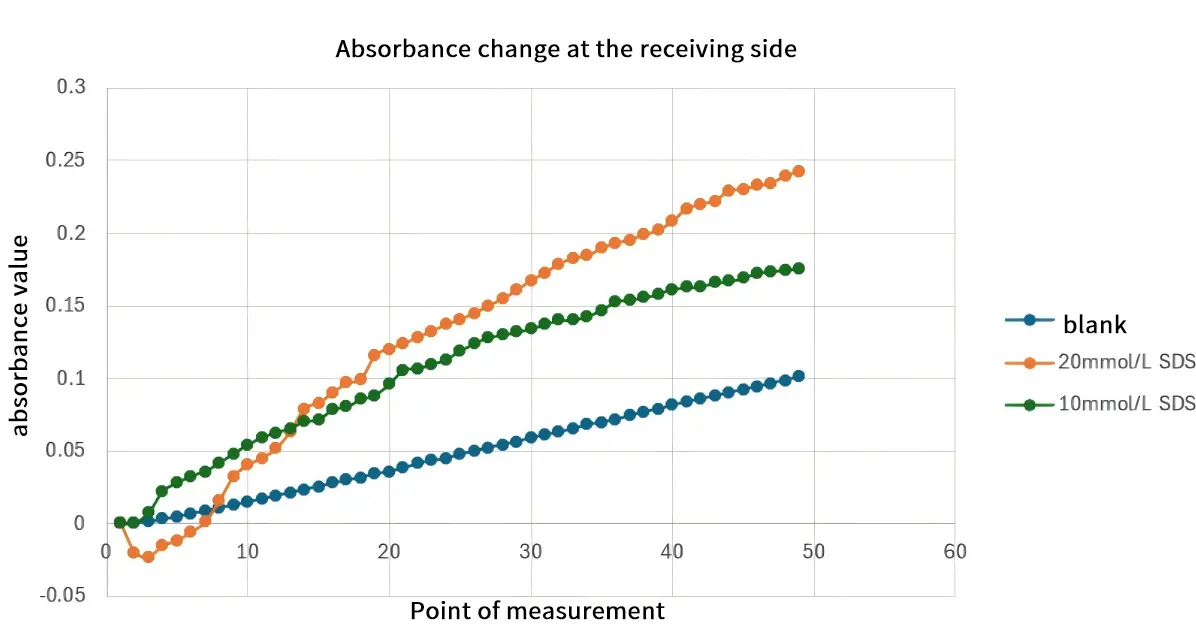BCS Ⅲ Class Drugs

In the classification of drug formulation science, BCS Ⅲ class drugs belong to the type with high solubility and low permeability. The main reason why this type of drug affects its absorption in the body is its poor absorption. Therefore, to ensure the efficacy of such drugs in the human body, addressing the issue of their permeability is of Paramount importance. The most direct and effective way to enhance the penetration ability of drugs is to find excipients that can promote penetration and use them at the correct concentration.
Get Free Quote
Experimental parameters
| Experimental conditions | 0 mmol/L SDS | 10 mmol/L SDS | 20 mmol/L SDS |
| Bionic membrane | Bio-Flux membrane | Bio-Flux membrane | Bio-Flux membrane |
| Supply side | FaSSIF 0 level simulation | FaSSIF 0 level simulation | FaSSIF 0 level simulation |
| Receiving side | pH7.4 buffer solution | pH7.4 buffer solution | pH7.4 buffer solution |
| Excipient | No excipients are added | SDS was added to give a final concentration of 10 mmol/L | SDS was added to give a final concentration of 20 mmol/L |
Experimental result

Figure 1 The changes in drug concentration at the receiving side were detected by optical fiber, and the results are shown in Figures 1 and 2 below. Without adding excipients, the effective permeability (Peff) of the drug measured by adding 10mmol/L SDS and 20mmol/L SDS was -5.56, -5.166, and -4.993 respectively. First, the drug concentration changes at the receiving end without excipients were detected, and the results are shown in Figure 1.

Figure 2 Then, the results of the three tests were analyzed and compared together, and the results are shown in Figure 2. It can be seen that the SDS can increase the permeability of this BCSⅢ class drug, and the increase in permeability is positively correlated with the concentration of SDS. Under the condition of safety for drug users, the more excipient SDS is added, the better. However, the increase in drug permeability is not proportional to the increase in SDS concentration. This suggests that there is an optimal value for the promoting permeability effect of excipients on drugs, and the optimal excipient concentration needs to be obtained through high-throughput screening.
Conclusion
In drug research, solving the permeability problem of BCS Ⅲ class drugs is a key factor for the imitation of such drugs. The use of the correct type of excipients and the appropriate concentration of excipients are also crucial for the equivalence of BCS Ⅲ class drugs. Therefore, whether you are imitating a BCS Ⅱ or BCS Ⅲ drug, conducting high-throughput penetration tests with NCE DP can make it easier for you to find the right type and concentration of excipients

